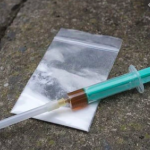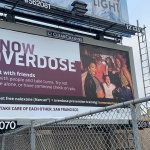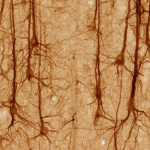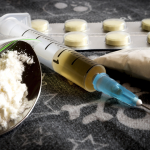Some of you screwballs out there have been complaining that I'm not giving enough chemistry lessons. Be careful what you ask for. Here are a chemistry AND a biochemistry lesson about aspirin and heroin. Don't blame me. Consumer demand rules.
heroin
There is no safe way to inject heroin. Narcan (naloxone) may not save your life. Your friends may not be able to, either.
Heroin is like a box of chocolates. And it wasn't invented in Germany. And it's (technically) harmless. To make sense of all this gibberish you better read the article. A bunch of stuff you might not know about H.
One of the core principles of ACSH is harm reduction – an essential component of any sane public health policy. Dr. Jeffrey Singer (pictured) writing for the Cato Institute, calls for harm reduction, both from opioid prescribers and policymakers. Dr. Singer graciously allowed us to reprint his latest essay, which is a must-read.
There are 14 new HIV infections in an outbreak that's hit homeless drug users in the Seattle area. These are the predictable consequences of a feckless public health policy, and one that lacks compassion.
Addiction is a complex phenomenon. Genetic, physiological, cultural and socioeconomic factors all appear to play a role. Now, new research in rats shows that heroin addiction activates brain circuits associated with negative emotional learning, which in turn creates persistent unpleasant emotions that a user suppresses with yet more opioids.
In a trend described as shocking, people desperate to obtain narcotics are intentionally injuring their pets to divert and abuse the veterinarian’s painkiller prescriptions. While terribly sad this is no surprise: After all, this is addiction.
First fallacy: the mere existence of an opioid pill is why there is a crisis. Finding solutions requires proper identification of a problem. The time is now for the public narrative to follow suit.
With the opioid epidemic occupying center stage in media and political arenas, what's gone largely overlooked is that pediatric opioid-related hospitalizations, warranting the highest level of intensive care unit admission, doubled between 2004 and 2015.
More than one hundred people are dying of opioid overdoses every day in the US, which has formed the basis for new policies and laws that are supposed to address the problem. Yet things continue to get worse. Not only are new policies failing to help, but rather, they are making an already-bad situation worse. Part one: understanding the real killer.
The Trump Administration has convened a panel to address America's opioid epidemic. Its first mission should be to find convincing data to identify the actual cause(s) of the problem. That will be much harder than it sounds, since ideologues are always in plentiful supply.
There are many good reasons to avoid illegal drugs, like addiction and overdosing. The next best is that local street chemists aren't terribly trustworthy. It's common for drugs to be mixed with other chemicals, some of which are far more dangerous than the drug itself. Case in point: Fentanyl, which is often mixed into heroin.










